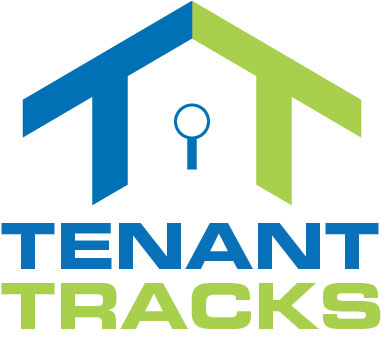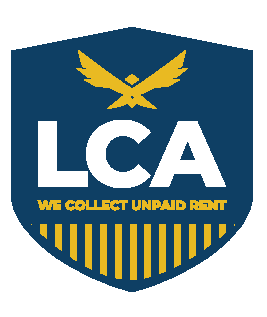As we hit the halfway point of 2025, Connecticut’s rental market continues to present a dynamic landscape for landlords and real estate professionals. Understanding the current trends and what to anticipate can be the key to making informed decisions, optimizing your pricing, and attracting the best tenants.
Let’s dive into the mid-year pulse of the Connecticut rental market.
Current Rental Demand: High, Stable, or Shifting?
Connecticut’s rental market remains characterized by tight supply and strong demand, though we are seeing some subtle shifts. While overall rent growth has cooled slightly compared to the aggressive peaks of recent years (Q1 2025 saw about 3.1% statewide rent growth for new leases according to the Connecticut Office of the State Comptroller), asking rents remain significantly elevated compared to pre-pandemic levels.
The demand for rentals, particularly affordable ones, continues to be robust. This is partly driven by an increase in younger demographics (20-34 year olds) who prefer renting, and an aging population (65+) seeking simpler living arrangements. With fewer new apartments being built and a persistent housing shortage, demand continues to outstrip supply, keeping the market competitive for renters.
Median Rental Prices Across Connecticut
Connecticut’s average rent is currently around $2,000 as of July 2025, though this figure varies significantly by region and city. For example, recent data indicates:
- Greenwich: Around $5,005
- Stamford: Around $2,690
- West Hartford: Around $2,228
- New Haven: Around $2,065
- Hartford: Around $1,451
- Bridgeport: Around $1,798
- Danbury: Around $2,513
(Source: Redfin, Zillow, Apartments.com rental market data, various dates Q1-Q2 2025)
These figures underscore the importance of understanding local market nuances when setting your rental prices. While some areas are seeing slight month-over-month dips, others, particularly in more desirable or amenity-rich locations, continue to show stability or even modest increases.
Vacancy Rates and Time on the Market
Connecticut still faces one of the nation’s tightest housing markets. While specific statewide residential vacancy rates for Q2 2025 are still emerging, the overall trend indicates low residential vacancy (around 2.2% for new leases in early 2025, as reported by the CT Office of the State Comptroller, indicating a very tight market) with consistent demand.
Properties, particularly well-priced ones, are generally not staying on the market for extended periods. Homes are often selling close to the median sale price in less than 30 days, indicating a competitive environment for buyers, which often translates to strong rental demand as well. (Source: Steadily.com, January 2025)
The Impact of Interest Rates and Housing Inventory
Interest rates continue to play a significant role in the broader real estate ecosystem. While the Federal Reserve has signaled potential rate cuts in 2025, higher rates have increased the cost of financing new construction and acquisitions for developers. This translates to reduced new supply of apartments being built (with a predicted 20% drop in finished apartments for 2025 nationally compared to past numbers, partly due to interest rates and slowing rent hikes), which further constrains the rental market and can exert upward pressure on rents. (Source: Rentastic Blogs, July 2025; Northeast Private Client Group, May 2025)
For landlords, elevated interest rates on commercial mortgages can mean higher operational costs, sometimes prompting rent increases to offset these expenditures. The tight housing inventory, characterized by low new listings and a significant deficit in housing units, continues to favor landlords in many areas by maintaining strong demand for existing rentals.
Tips for Attracting and Retaining Quality Tenants
In this competitive, yet nuanced, market, attracting and retaining good tenants is paramount:
- Competitive Pricing: While demand is high, research local median rents to ensure your pricing is competitive yet reflective of your property’s value.
- Property Presentation: High-quality photos, clear descriptions, and timely showings are essential. Consider minor cosmetic upgrades that offer a good return on investment.
- Tenant Screening: A robust tenant screening process is your first line of defense. Thorough background, credit, and rental history checks can save you significant headaches down the line.
- Responsive Maintenance: Promptly addressing maintenance requests builds trust and encourages longer tenancy.
- Technology Integration: Consider offering online rent payment, maintenance request portals, or smart home features to attract tech-savvy renters.
- Clear Communication: Maintain open and transparent communication with your tenants.
Deepen Your Market Understanding with CTPOA
Navigating the intricacies of the Connecticut rental market requires continuous learning and access to expert insights. That’s precisely what your CTPOA membership provides for just $99/year.
Our comprehensive webinar library features invaluable sessions that directly address market dynamics and investment strategies:
- “Real Estate Investing: Short-Term Rentals In CT”: Explore alternative rental income streams and their market viability.
- “Create Wealth and Cash Flow Without Risk”: Learn strategies to build your portfolio and ensure financial stability regardless of market fluctuations.
- And many more topics covering everything from property protection to legal compliance, all designed to help you make smarter decisions in the Connecticut real estate landscape.
Don’t just react to the market – understand and strategize within it. Join CTPOA today and unlock a wealth of knowledge that can empower your success!








